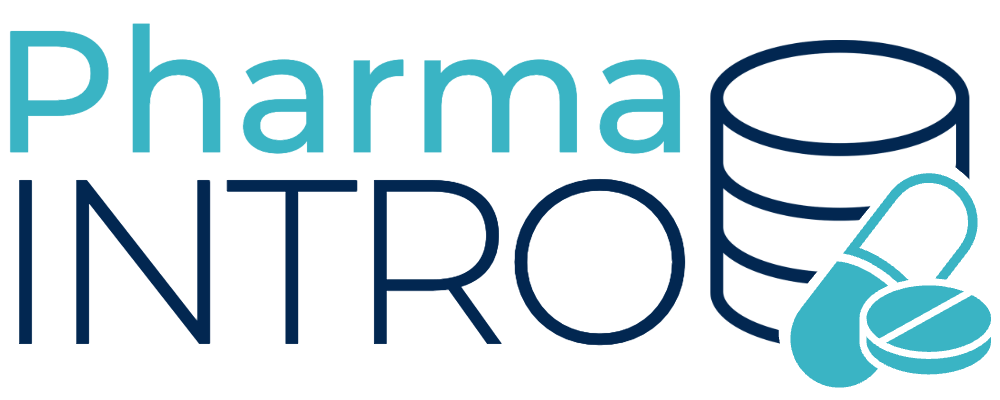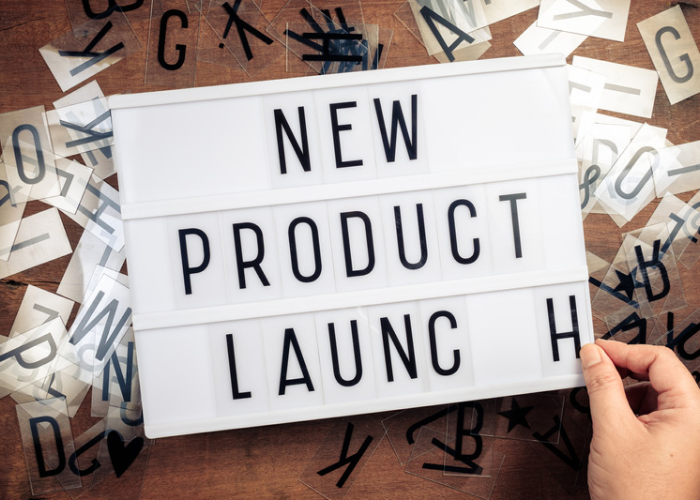Bringing a new drug to market is a complex and multi-step process that typically involves several stages, including research and development, clinical trials, regulatory approval, and commercialization. Here is a high-level overview of the process of selling a new drug into the market:
- Research and Development: The drug discovery process begins with identifying a potential drug target, followed by lead compound identification and optimization, and then preclinical testing to evaluate safety and efficacy.
- Clinical Trials: If the drug shows promise in preclinical testing, it will move into clinical trials, which are conducted in three phases to evaluate safety, dosage, and effectiveness.
- Regulatory Approval: Once clinical trials are completed and the drug has been shown to be safe and effective, a New Drug Application (NDA) or Biologics License Application (BLA) can be submitted to the regulatory authorities (such as the FDA in the US) for approval.
- Manufacturing: After regulatory approval is obtained, the drug can be manufactured in larger quantities to prepare for commercialization.
- Launch: Once the drug is manufactured and ready for commercialization, the company will typically launch the drug through a targeted marketing and sales campaign to promote awareness and generate demand.
- Post-Market Monitoring: After the drug is on the market, ongoing monitoring and safety reporting is required to ensure the drug continues to meet safety and efficacy standards.
Throughout this process, it’s important for pharmaceutical companies to work closely with regulatory agencies, healthcare providers, and patients to ensure the drug is safe and effective and to address any concerns or issues that arise. Additionally, companies must navigate the competitive landscape, develop pricing and reimbursement strategies, and build relationships with key stakeholders to ensure the drug is successful in the marketplace.

